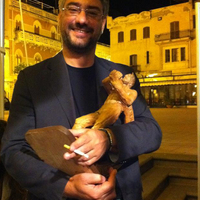Atlas of Soknopaiou Nesos: project of knowledge and digital preservation The article concerns the topography research project of the city of Soknopaiou Nesos in Fayyum. In particular, the goal of the project is the realization of a... more
Atlas of Soknopaiou Nesos: project of knowledge and digital preservation The article concerns the topography research project of the city of Soknopaiou Nesos in Fayyum. In particular, the goal of the project is the realization of a digital knowledge and conservation plan of the entire archaeological site using innovative digital survey techniques and then the creation of a topographic atlas necessary for the realization of a ceramic intrasite survey of the site.
